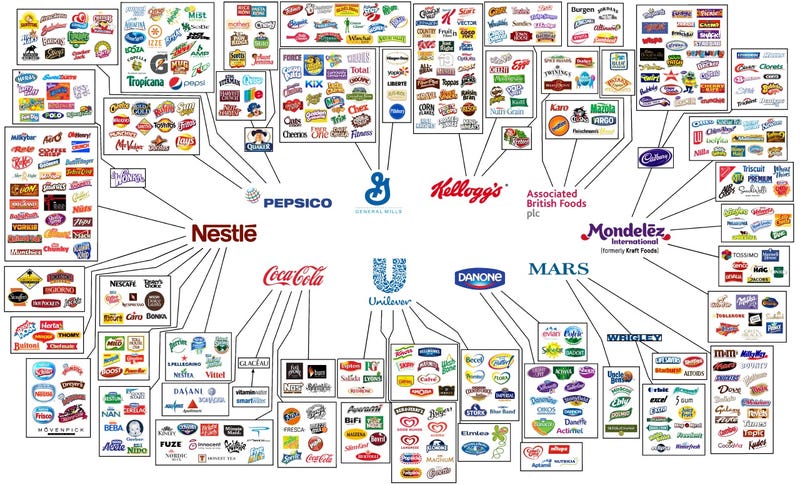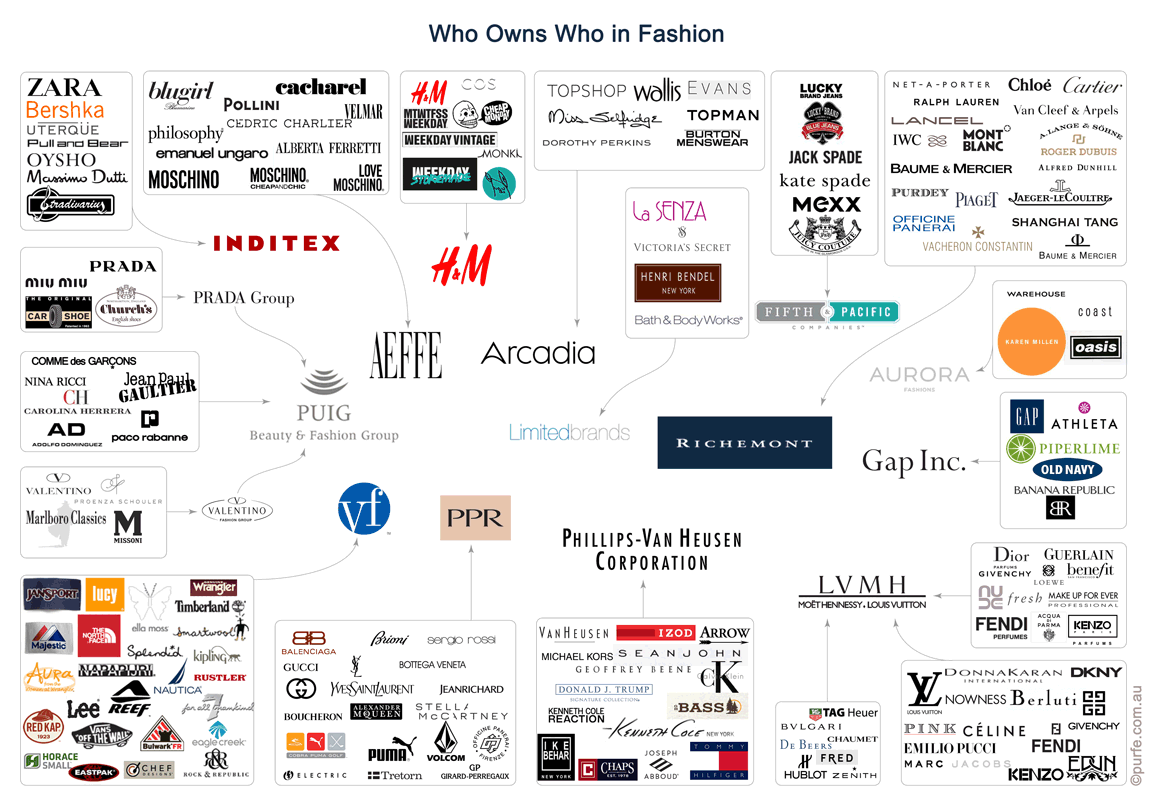- memory
- environment
- culture
- family
- class
- work
- ethics
- marketing (exposure, attention, comprehension, acceptance and retention.) This is done by you.
Maslow's Hierarcha; of needs.
- PHYSIOLOGICAL= food, water
- SAFETY= shelter, defence (secure and at ease in this place)
- BELONGINGNESS= relationships, family, home, sex
- ESTEEM and STATUS= power, respect, worth (you are accepted for your skills and talents)
- SELF ACTUALISATION= personal values (can inflict personal values e.g. presidential influence)
- Parento in Milan.
- only 20% of population want hassle and power of decision making. These 20 percent own 80% of worlds wealth.
- other 80% want leisurely life with out the hassle, but they own 20% of world wealth.
- natural disaster for example disrupt this process, animalistic needs come through as there is a need of water and food. Things crash when this happens as people morals and status and belongingness are shattered, they is little respect left.
(click to enlarge)
Business
Design and business run on a two way means.
But business also have marketing issues.
Must understand the real market issues (market segmentation, real market issues, end user aspects)
This leads on to effective research
Research affects the design and gives justification.
You must consider macro environment issues and ethical /social issues.
PR- damage limitation- minimise the damage before it occurs. These are the ethical and social issues that must be considered.
e.g. ICI playing fields leeds was a goodwill investment, so when a problem occurred with a gas leak the people living nearby were less likely to complain as the issues were quickly rectified and they felt loyal to this company as they had had previous investment in the area.
All these process form a Targeted design through the target marketing
Shannon and Weaver model of Communication
Sender= must have a reason for the message. They have a reason for communication and an ethos to coordinate with.
message= simple, complex, long, short. This links to advertising- as this could be the output.
Encode= throughout design, with style, type, colour, text etc. Vehicle of channel is the brand of which the output is e.g. a magazine output could be 'menshealth', or cinema could just be exclusively odeon or showcase. This must be targeted correctly to the people you want to see it, this is an external environment consideration.
transmit= One thing to consider here is the noise interference which occurs during the transmit section. e.g. billboard posters can be interfered with by graffiti, or being unlit on dark mornings/ evenings or folding in the rain. Its important to understand that all designs can be effected by interference. e.g. cinemas sound may be out of sync- this effects the user experience considerably.
Decode= mood immediate- is the uncontrollable fate of who will be receiving it. they will decode a situation in relation to how they are feeling that day. This can be attitude specific or culturally affected- but does overall have a decode that is formulated by the clients external environment.
Receive= sometimes this may be misunderstood. or maybe be understood but is it something good or bad, is it rejected or accepted, is it stored or dismissed. This all works as feedback to help the reason for message be much stronger for next time. Sometimes it is better to 'lose it' and stay afloat than be dragged down by badly timed designs. E.g. 9/11 affected any media that was using anything to do with terror attacks- it was too detrimental to produce this material at a similar time.
This all depends on a mental situation:
e.g.
- babies
- children
- youth/ kids
- rung adults
- adults
- OAP's
- Very old.
Are the market at a stage of high mental and physical change or are they at mental and physical decay? This has to be considered significantly.
Photopic/ Scotopic vision
Is what you see in daylight vs what you see in the evening. For example this can mean there is colour differentiation. Communication is therefore affected by how bright the light will be when it is received. High levels of light= vivid colours. Low levels of light= dim colours.
How are they thinking to how you are thinking? does the different brain types affect how they will receive your information or understand your design.
e.g. convergent or divergent thinking.




